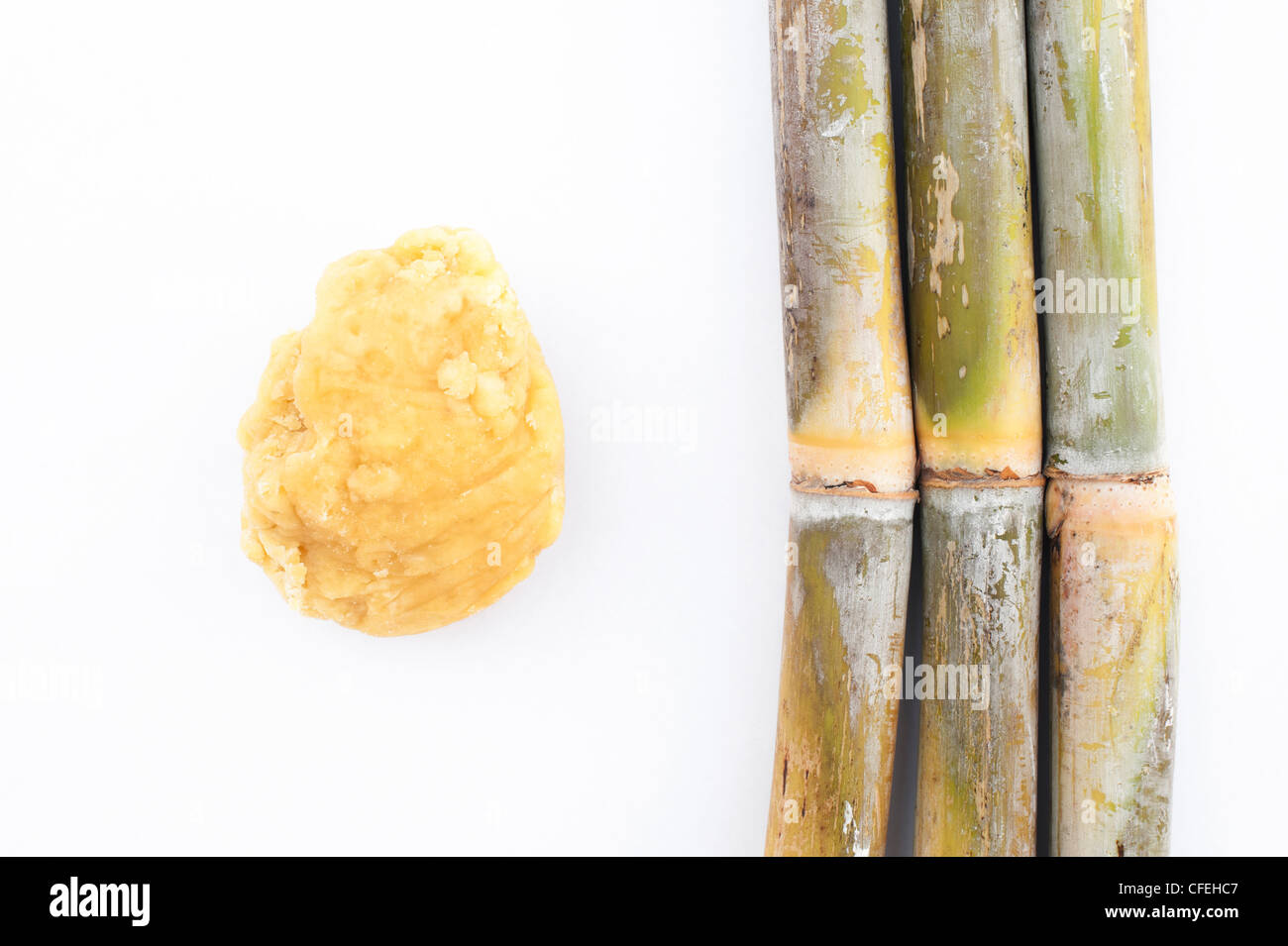The Trip of Sugarcane: From Harvest to Everyday Products
The journey of sugarcane is a multifaceted procedure that begins with careful growing and culminates in a range of items that penetrate our day-to-day lives. As we discover the numerous facets of sugarcane's trip, its role in sustainability and the more comprehensive effects for our atmosphere come right into sharper focus.
Growing of Sugarcane
The growing of sugarcane is a vital agricultural procedure that requires specific ecological conditions and management methods. Ideal growth happens in exotic and subtropical areas where temperatures vary in between 20 ° C and 32 ° C. Adequate rainfall or irrigation is crucial, as sugarcane thrives in wet dirt with well-drained conditions (sugarcane product). Dirt high quality dramatically influences yield; thus, farmers commonly carry out dirt tests to determine nutrient needs
This method assists in efficient harvesting and optimizes sunlight direct exposure. Crop turning and intercropping are suggested techniques to enhance soil fertility and lower pest problems.
Prompt application of these plant foods can dramatically enhance sugar returns. In general, successful sugarcane farming hinges on a mix of ecological stewardship, calculated preparation, and ongoing management practices.
Harvesting Strategies
Successful sugarcane farming culminates in the harvesting stage, which is crucial for taking full advantage of return and ensuring high quality. The timing of the harvest is crucial; sugarcane is commonly harvested when sucrose levels peak, typically between 10 to 18 months after planting. This period differs based on climate, soil type, and sugarcane range.
Gathering methods can be generally classified right into guidebook and mechanical methods. Manual harvesting is labor-intensive, counting on proficient workers that use machetes to reduce the stalks close to the ground. This method allows for discerning harvesting, where just the ripest walking sticks are selected, thereby boosting general sugar material.
Conversely, mechanical harvesting has actually gotten appeal because of its efficiency and cost-effectiveness. Specialized harvesters equipped with cutting blades and conveyor systems can process big areas rapidly, dramatically lowering labor prices. This approach may lead to the addition of premature walking canes and a possible decline in sugar high quality.

No matter the approach utilized, ensuring that harvested canes are delivered rapidly to refining centers is necessary. Prompt managing reduces putridity and preserves the stability of the sugarcane, establishing the stage for ideal handling.
Processing Methods
Handling sugarcane includes a number of critical steps that change the harvested stalks into functional products, primarily sugar and molasses. The preliminary phase is cleaning the cane to remove soil and particles, complied with by the extraction of juice with crushing or milling. This process usually uses hefty rollers that break the cane fibers to release the sweet fluid consisted of this hyperlink within.
As soon as the juice is drawn out, it goes through clarification, where contaminations such as dirt fragments and bagasse are eliminated. This is usually accomplished by adding lime and warming the juice, enabling sedimentation. The cleared up juice is then concentrated via dissipation, where water content is minimized, causing a thick syrup.

Inevitably, the processing of sugarcane not just produces sugar and molasses yet additionally prepares for different derivatives, which will be explored in succeeding discussions.
Products Derived From Sugarcane
Sugarcane is a functional crop that generates a vast array of items beyond simply sugar and molasses. Among the primary byproducts are ethanol and biofuels, which have obtained prominence as renewable resource sources. Ethanol, produced through the fermentation of sugarcane juice, acts as an alternative to nonrenewable fuel sources and is frequently combined with gas to produce cleaner-burning gas, lowering greenhouse gas exhausts.
In addition, sugarcane is a significant source of bagasse, the coarse deposit remaining after juice removal. Bagasse is used in various applications, consisting of the manufacturing of paper, biodegradable packaging, and as a biomass gas for power generation. Its use not only lowers waste yet likewise improves the sustainability of sugarcane processing.
Moreover, sugarcane-derived products encompass the food sector, where it offers as a natural flavor representative and sweetener in numerous culinary applications. In the world of cosmetics, sugarcane essences are incorporated right into skincare products because of their all-natural exfoliating buildings.
Ecological Effect and Sustainability
The growing and processing of sugarcane have considerable implications for environmental sustainability. This crop requires substantial water resources, often leading to exhaustion of regional water products and affecting bordering ecological communities. In addition, the use of fertilizers and pesticides in sugarcane farming can lead to soil destruction and river pollution, posturing risks to biodiversity.

Lasting sugarcane farming additionally promotes dirt health and wellness via crop turning and decreased husbandry, boosting carbon sequestration. The adoption of these practices not just supports ecological integrity but likewise improves the durability of farming areas against environment change.
Verdict
In summary, the trip of sugarcane encompasses numerous stages from growing to handling, eventually leading to a broad range of items. The importance of sugarcane extends beyond plain sweeteners, contributing to renewable resource through ethanol manufacturing, sustainable packaging via bagasse, and natural extracts for cosmetics. This diverse crop plays a vital duty in both nutritional enrichment and environmental sustainability, highlighting its importance in modern farming and commercial techniques.
Successful sugarcane cultivation culminates in the collecting phase, which is crucial for making best use of yield and guaranteeing high quality. The timing of the harvest is crucial; sugarcane is usually harvested when sucrose degrees optimal, usually in between 10 to 18 months after planting.Handling sugarcane entails numerous vital actions that transform the gathered stalks right into usable products, largely sugar and molasses.Sugarcane is a functional plant that yields a wide array of products beyond simply sugar and molasses. In addition, the usage of fertilizers and chemicals in sugarcane farming can result in soil deterioration and waterway contamination, posturing risks to biodiversity.